More Gurdwaras in the MidlandsThere are over 300 Gurdwaras in the UK, but a sizeable proportion of them are in the West Midlands. This second article in the series explores a few more of the larger and well established Gurdwaras in the area. You can read part 1 of the list here. Background to the articleBefore I get into this article, I strongly recommend the background section in part 1 that covers the reasons for sharing this article, but also why it's not a straight forward thing to do (you can read it here). My aim is simple - I want more people to visit their local Gurdwaras while also visiting some in different parts of the country and learning more about different Sikh communities. This article is for both Sikhs and non-Sikhs alike and so we don't go into controversies about whether a certain committee is good or bad. I'm also sometimes uncomfortable with the amount of money communities spend on beautifying "their" Gurdwaras where that money could be spent directly on projects that aim to help people suffering real hardship. But I also understand that modern facilities that are more comfortable are needed to ensure the future of Gurdwaras. What certainly makes that job easier is that many of the Gurdwaras in this list have phenomenal community programmes that feed the most vulnerable, raise awareness of Sikh issues and generally form an important part of their local area. The impact of Gurdwaras supporting progressive initiatives that take the Sikh values directly into communities has been a key part of the UK Sikh experience of the past several years. I'll be dropping some names of community programmes throughout this article, but you can get an overview of key Sikh projects and charities following the link here. 5. Gurdwara Sahib, Leamington & WarwickThe focus of this series is just the Gurdwara Sahibs themselves and not controversies around them and it's hard to talk about Gurdwaras in the Midlands and not mention Gurdwara Sahib Leamington & Warwick, more commonly known as Leamington Gurdwara. For the purpose of this article, I'm not going to talk about past issues of committees and focus on my experience of visiting the Gurdwara Sahib while acknowledging the hurt caused to the Sikh diaspora by some decisions taken. The Gurdwara serves one of the most affluent Sikh communities in the UK. Unlike the factory workers of Wolverhampton and Birmingham, large parts of the Leamington Sikh community have historically been professionals in higher paying jobs. The community is also a large one, with Sikhs making up the second largest religious group of Leamington (although the town is much smaller than Wolverhampton and Walsall where Sikhs also make up large proportions of the population). The Gurdwara is seen as the culmination of the transformations that were happening to Gurdwaras up and down the country in the early 2000s and its large box shape architecture has today fallen out of use, but this Gurdwara remains a testament to that period of time. A multi-million pound build, it also reflects a decade where the community spent a lot of time and money beautifying Gurdwaras, a trend that has switched to greater service of local communities more recently. Leamington Gurdwara is huge. There is no other way to describe it. Located in the middle of an industrial estate, the location is a strange one, but you can see the top of the Gurdwara standing out over the horizon as you drive into the local area. It's meticulously well kept and hard working sevadaars (volunteers) tend to landscaping, cleaning shoes and directing visitors, both Sikh and non-Sikh. The main darbar sahib is large enough to accommodate the sangat from Leamington, Warwick and surrounding towns and villages, while some of the art work of major Sikh figures is nothing short of incredible. For all of the mistakes by committee members and community leaders, this is still a Gurdwara Sahib where Guru Granth Sahib Ji resides, and for that reason alone it remains an important destination for Sikhs. And while it was a very expensive project with excessive money that could have been spent directly on the most needy, it is still a testament to the hard working community that was able to build such a visually impressive Gurdwara. You can find out more about the Gurdwara on their official website here. 4. Baba Deep Singh Gurdwara, HandsworthIn part 1 of this series, we introduced the importance of Handsworth (Birmingham) as a focal point of the UK Sikh community. We also explored the heartbeat of Handsworth - Soho Road - and how the road is "book-ended" by two large Gurdwaras. Part 1 covered one side of the road - the famous "Soho Road" Gurdwara. In this article I want to focus on the other side of the road and Baba Deep Singh Gurdwara. The Gurdwara, officially Yaadgar Baba Deep Singh, is a relatively new one, replacing the much smaller original Baba Deep Singh Gurdwara which still exists on the same plot of land. The Gurdwara is known particularly for its work in the local community, with local groups some of the more influential and impactful in progressing Sikh values of sharing, transparency and steadfastness. The Gurdwara also places a lot of trust in the local youth, with youth led Gurmat programmes a regular feature. Additionally it's a stop off point of the Handsworth (Birmingham) Nagar Kirtan, the largest in the UK. On the outside, the Gurdwara architecture reflects the style of "new-build" Gurdwara popularised in the first decade of the 21st century. The big difference between this Gurdwara and some of the other new build Gurdwaras from that time is a slightly taller tower on one side of the Gurdwara. Inside, the darbar sahib is large which allows the sizeable local sangat (congregation) from the area to attend comfortably. On quieter weekdays, this is a great place to meditate in silence, with the quiet sound of the Soho Road traffic in the background, and usually some naam simran (focused meditation) playing in the speakers. The langar hall is again very well spread out with members of the community eating on the floor as equals, while classrooms provide an opportunity for younger members of the congregation to learn Panjabi. You can find out more about the Gurdwara on their official website here. 3. Guru Nanak Gurdwara (Caldmore), WalsallWhen it comes to Gurdwaras that support big community projects, Caldmore is one of the most impressive in the country. Serving as the kitchen of the Midland Langar Seva Society's hometown operation, one of the UK's largest community kitchens, the Gurdwara plays a key role in UK Sikhi. The Gurdwara building is only 15 years old, part of the large scale transformation of UK Gurdwaras in the early 2000s, but a Gurdwara has existed on the present land since 1962 when local members of the Sikh community rented out the British Lion Club as a Gurdwara. The building was eventually bought outright later the same decade and with a growing Sikh population was successively expanded to accommodate the growth. A new Gurdwara was then constructed in 1971 which was again expanded over the coming decades before the construction of the most recent iteration of the Gurdwara in 2007. Today the Gurdwara is one of three large Gurdwaras in the local area, along with the Nanaksar Gurdwara (commonly known as Pleck Gurdwara where I attended some Thai Boxing classes), and Darbar Guru Granth Sahib Ji. Together they serve one of the largest and most influential communities in the country, which came together in the 1980s to host the first large-scale western Gurmat Camp, an initiative that has been copied across the UK, US and Canada. That tradition is carried on in Caldmore Gurdwara with regular Gurmat classes, Panjabi classes and computer and technology literacy classes. The Gurdwara also serves as a key point in the annual Walsall Vaisakhi Nagar Kirtan which attracts tens of thousands of people from the local area. You can find out more about the Gurdwara on their official website here. 2. Guru Har Rai Gurdwara, West BromwichGuru Har Rai Gurdwara in West Bromwich is architecturally one of the more visually striking Gurdwaras in the Midlands. First established in 1979 by Baba Harbans Singh Domeli Wale, Guru Har Rai Gurdwara pioneered evening divaans (programmes) during the weekdays during a time when most Gurdwaras in the UK conducted only weekend akhand paaths (continuous recitations of Guru Granth Sahib Ji). Today the Gurdwara is a hub of activity for not only the West Bromwich community but from much further afield, attracted by its daily programmes and frequent Amrit Sanchaars (where Sikhs can becomes members of the Khalsa). It is a home for Sangat TV, one of the UK's largest Sikh television channels, as well as the Sikh Helpline, a charity focused on mental health and wellbeing that - although established in nearby Dudley Gurdwara - flourished in the West Bromwich area. The Gurdwara extension frontage built in 2002 is very different from others in the Midlands and hosts an additional darbar sahib and langar hall which has transformed the Gurdwara into one of the largest in the UK. Inside, the main functions still happen in the older building, with a darbar hall that is smaller than many of the other Gurdwaras on this list, but which brings the sangat closer together. It's great to attend programmes here because the type of katha (exposition) is so varied, and with the stage set up to be very close to the sangat you can feel the experience of being in the presence of the Guru. In addition to Amrit Sanchars, the Gurdwara is famed for its santhiya classes (understanding the Guru's word), as well as one of the best attended annual Gurmat Camps organised by the Sikh Naujawan Academy. The Gurdwara also hosts two Nagar Kirtans a year, with attendees travelling from all over the local area and further afield. You can find out more about the Gurdwara on their official website here. 1. Guru Nanak Gurdwara (Sedgley Street), WolverhamptonIn part 1 of this series, I covered Nanaksar Thath Gurdwara in Wolverhampton. In this article we look at one of the most influential Gurdwaras in the UK, the Guru Nanak Gurdwara in Wolverhampton, more commonly known as Sedgley Street Gurdwara. The Gurdwara is neither the oldest in the region (Gurdwaras in Walsall, Dudley and Smethwick all predate it), nor is it the largest (although it is close). Architecturally, there isn't anything that stands out as particularly unique, and inside the Gurdwara hasn't changed much in decades. Yet this Gurdwara remains of the most influential in the country, supporting a congregation that is one of the largest and most politically active. The joke goes that every Sikh has a relative in Wolverhampton, so large is the Sikh community in the city. Sikhs make up the second largest religious group in the city of Wolverhampton and have been established here for over half a century. And while there are other large Gurdwaras in the city, Sedgley Street is the focal point. You only need to visit on any given Sunday or a large festival to understand just how much of a centre piece of Sikh life this Gurdwara is in Wolverhampton. The Gurdwara itself has several car parks as well as a gym on its premises. Inside the Gurdwara there is a fairly large langar hall, while the jora ghar (where you drop your shoes off) is fairly small and frequently busy. However, the darbar sahib upstairs is magnificent, one of the largest in the area, although on busy days (Vaisakhi, New Years, Gurpurabs) there isn't space to sit down. That being said, being a part of such a large congregation is pretty special and on larger programmes you really can sit here and get immersed in the Guru's word. The Gurdwara hosts Gurmat and Panjabi classes on a regular basis and forms a key stop in the annual Wolverhampton Nagar Kirtan, the second largest in the Midlands and one of the best attended outside the Indian Subcontinent. You can find out more about the Gurdwara on their official website here. As with part 1, I hope this article will encourage some of you to go out and visit your local Gurdwaras, or those further afield. The one trend I've noticed is that as we learn more about our history, the community is once again transforming Gurdwaras into places where everyone can visit, meditate and pray in the hazoori (presence) of the eternal Guru. It has also been great to see Gurdwaras move away from their relative insularity to openly interact with their local communities, supporting important projects. Comments are closed.
|
AuthorBritish Sikh, born in the Midlands, based in London, travelling the world seeing new cultures. Categories
All
|
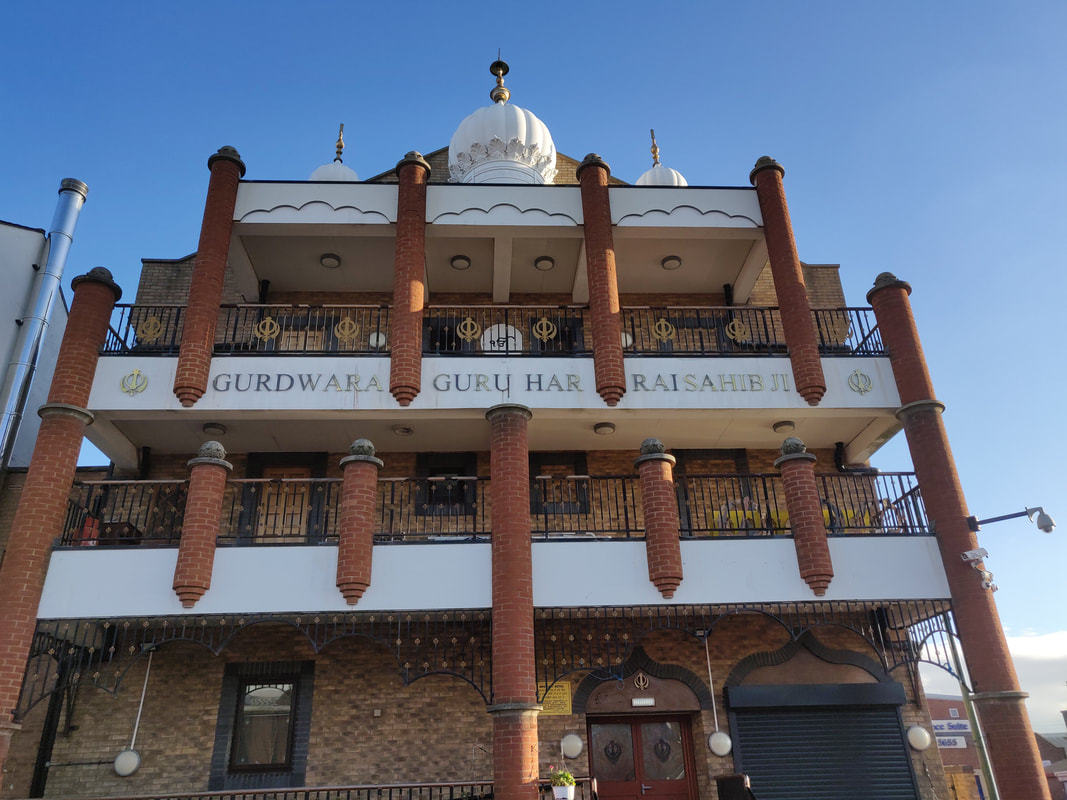
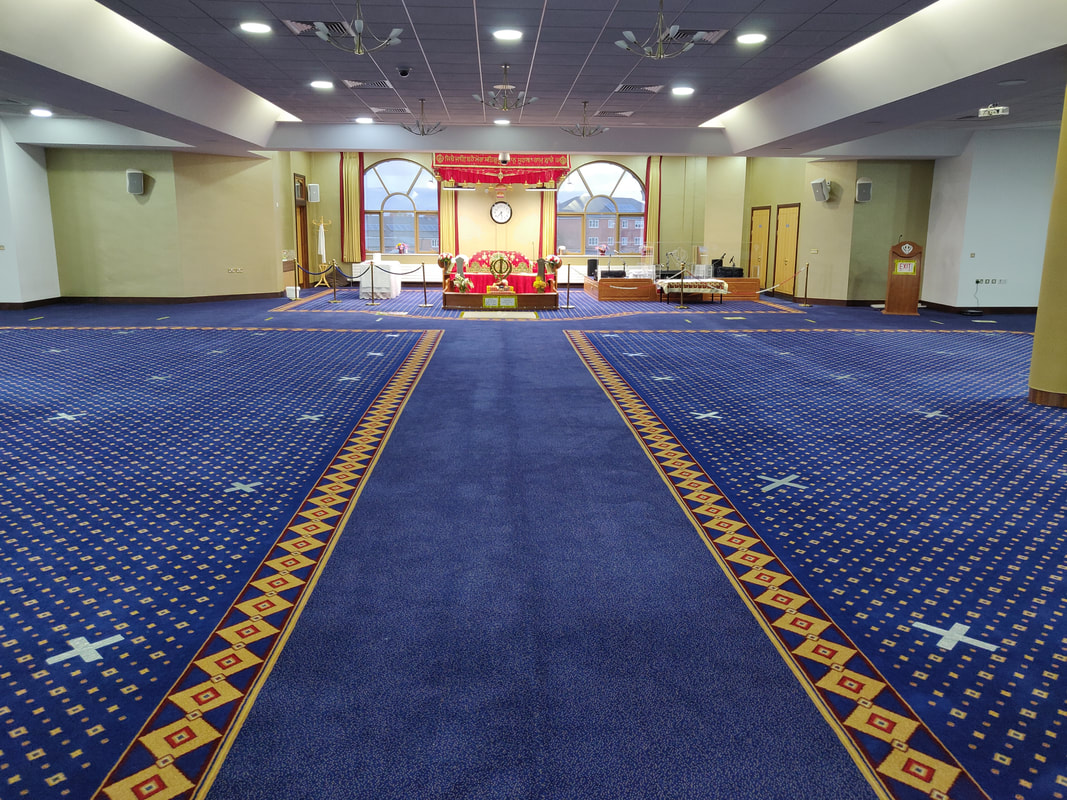
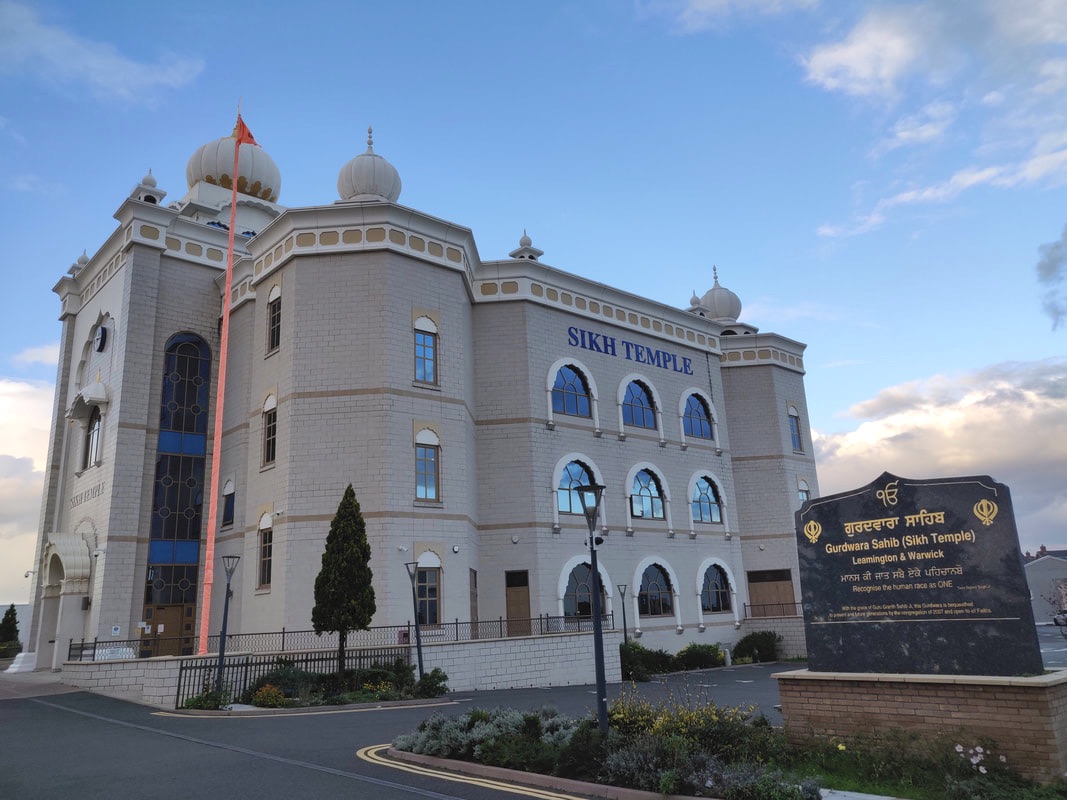
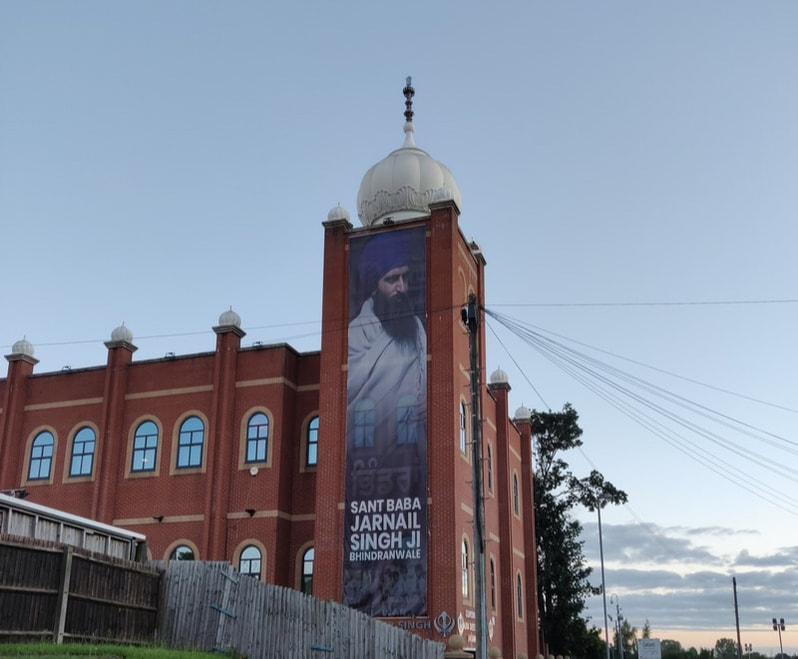
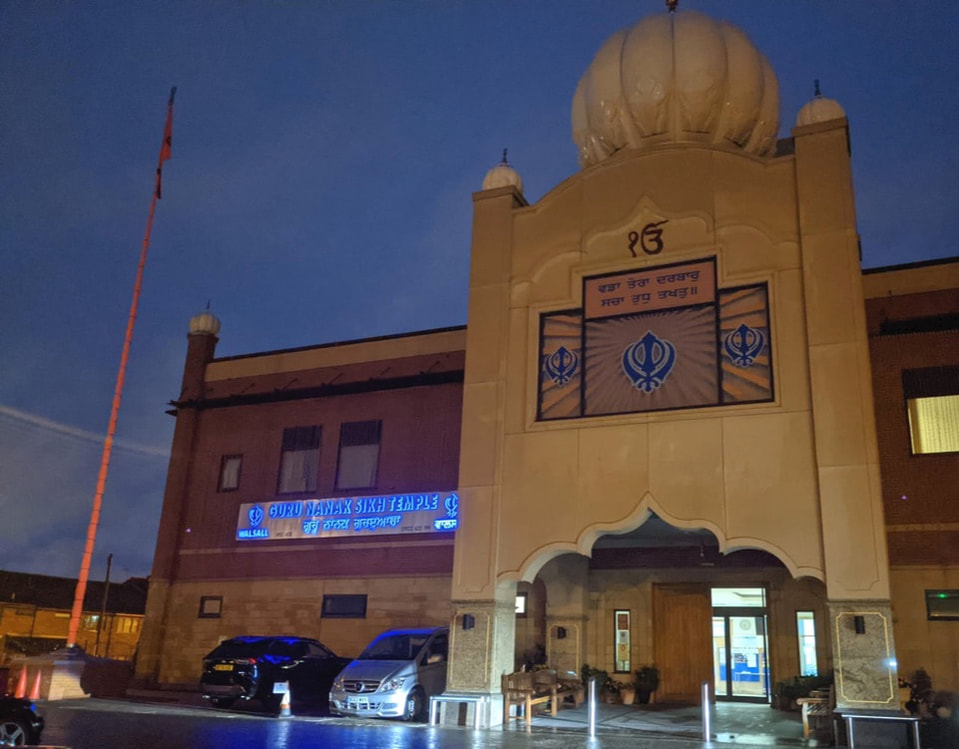
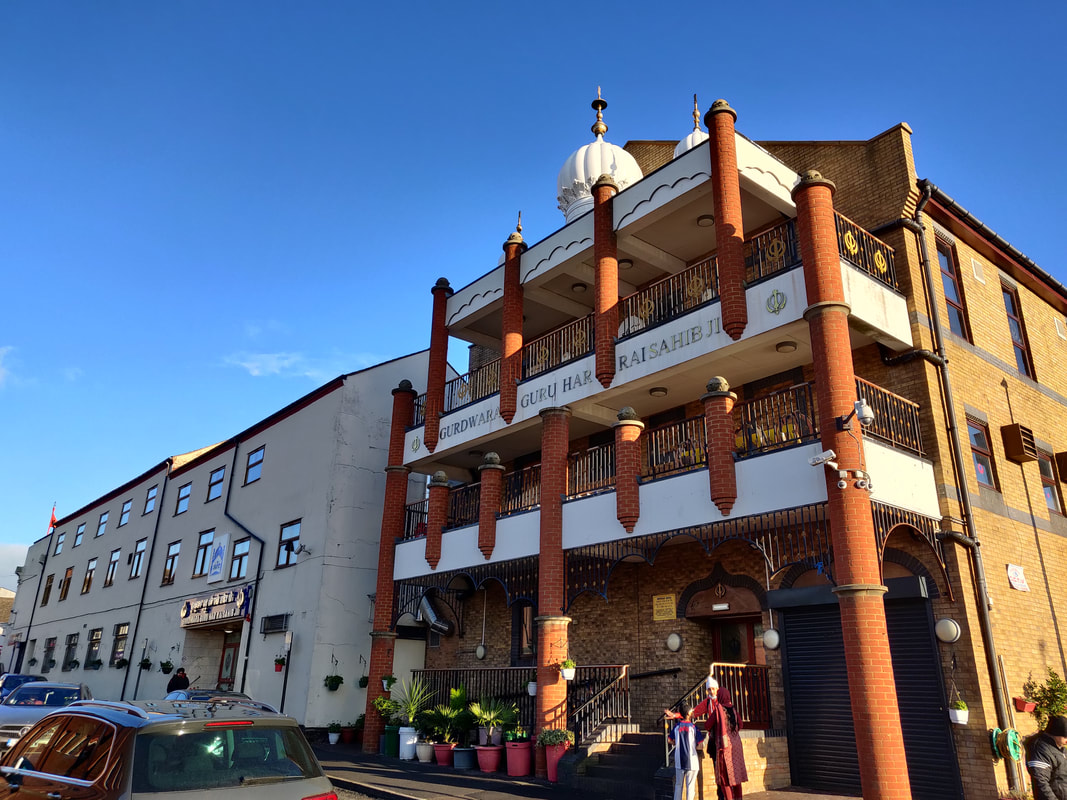
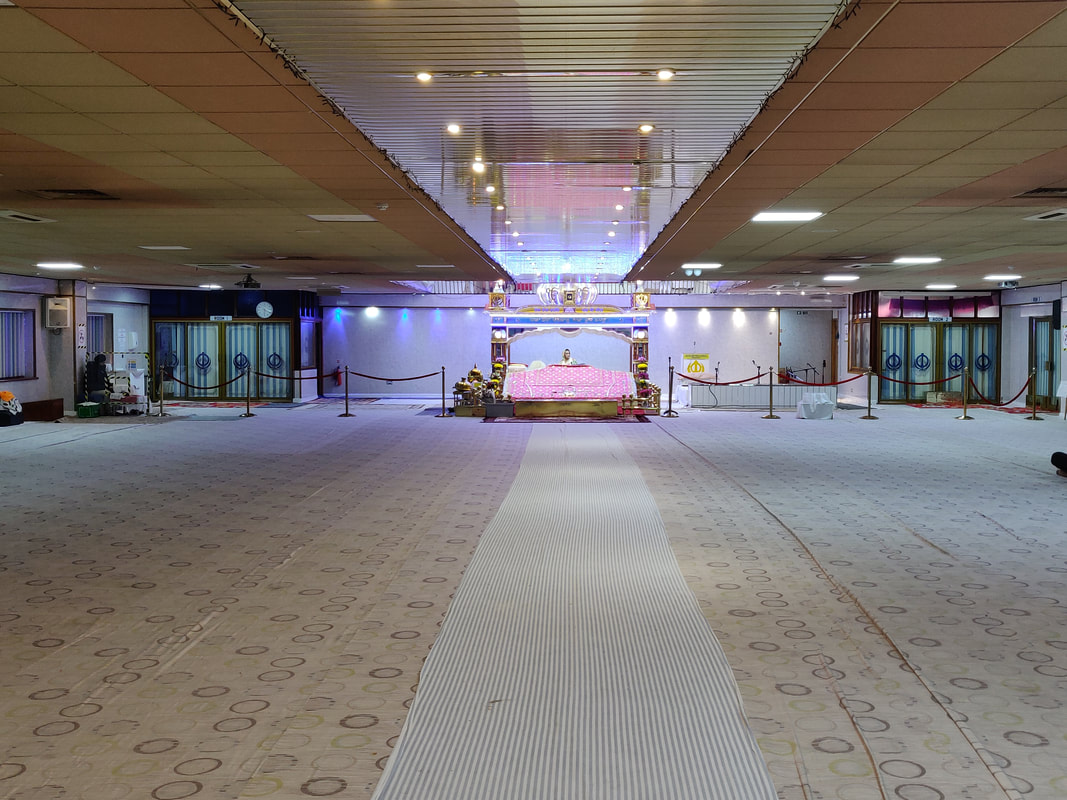

 RSS Feed
RSS Feed